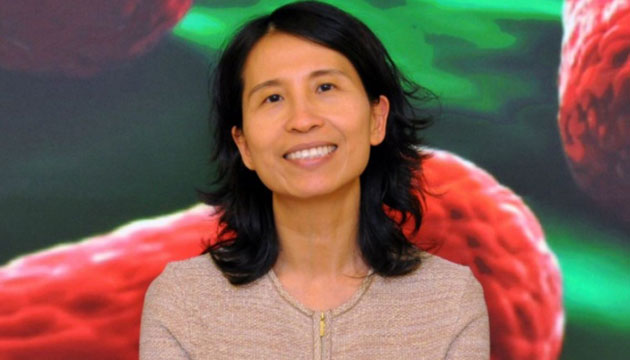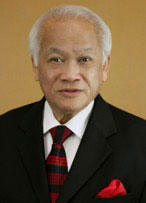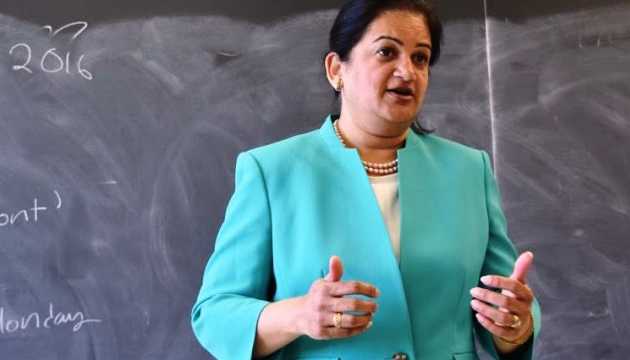(This is Part 5 of Dr. Pagtakhan’s column, Medisina at Politika, on Covid-19.)
March 30, 2020 - It’s Day-120 of the COVID-19 pandemic. Although its official declaration was only barely three weeks ago, the pandemic traces its beginning to the outbreak of pneumonia due to an unknown microbe in Wuhan, China on December 8, 2019. We now understand that while the team of medical scientists and doctors was still searching for the specific pathogen, it was already making its contagious travel even before it was identified and given its official name, “severe acute respiratory syndrome coronavirus 2 (SARS-CoV-2)” and the respiratory illness named “coronavirus disease 2019 (COVID-19).”
Crossing the three-quarter-million mark
To date, this globe-trotting agent of acute respiratory distress and death has brought its virulence to more than three-quarter-million people, and counting, across 177 countries. It has claimed the lives of 36,211 patients (4.79%) from the 755,591 total population sickened. In five countries, patient-count has exceeded 50,000: USA –148,089; Italy - 101,739; Spain - 85,195; China -82,198; and Germany - 63,929. Of whom 25,398 succumbed to the disease: USA - 2,599 (1.76%); Italy - 11,591 (11.39%); Spain - 7,340 (8.62%); China - 3,308 (4.02%); and Germany - 560 (0.88%). The Philippines has reported 78 deaths (5.04%) from its cumulative total of 1,546 patients. US
Canada’s situation and response
Canada has 70 deceased (0.96%) from its total of 7,288 patients sickened. Of whom, one (1.56%) is from Manitoba’s 64 total patients. The number of deceased in the five provinces with the most number of patients are: Quebec - 25 (0.73%) of 3,430 patients; Ontario – 23 (1.35%) of 1,706 patients; British Columbia –17 (1.92%) of 884 patients; Alberta – 3 (0.45%) of 661; Newfoundland and Labrador – 1 (0.68% ) of 148 patients.
All provinces have declared either a public health or state of emergency or both for a 14-day duration, and extendable by some. These emergency declarations have put in place public health tools of social distancing: enforceable ban on mass gathering, closure of recreational facilities, withdrawal of non-essential public services, limits to travel, home quarantine, stay-home directive, and directives to maintain 2-meter distance. Breach of these measures incurs fine and/or jail term. Health Minister Paddy Hadju makes weekly call with her provincial counterparts. This ensures coordination and credibility of messaging, Canada-wide.
The federal government has kept its option on the national Emergencies Act open. Meanwhile, it has focused on imposing 2-week self-isolation on all upon arrival from international travel; providing vital economic and funding package for citizens, businesses and the medical research community; and reinforcing the need to stay home and maintain physical distancing.
Clinical trials of drug and vaccine: horizons for hope
To my estimation, the many public measures that have been put into action, stressful as they are to citizens, have helped in the overall fight against this pandemic and have produced the desired results – slowing and suppressing the spread of the disease and surge in number of patients. These results will prevent overwhelming burden on our health care system and give us time as we wait for two therapeutic necessities – vaccine and drugs.
- Vaccine
Vaccines to promote immunity against COVID-19 would be the ideal tool to have, but they take time to develop and be widely available. “A vaccine trial in the US has now given a dose to its first participant…and might be available as early as Fall 2020,” the US National Institute of Allergy and Infectious Diseases announced on March 17. Indeed, many projects in addition to this first one are ongoing. One hopes at least one succeeds, and soon be available.
B. Drugs and other non-pharmaceutical treatments
Meanwhile, we search for pharmaceutical and non-pharmaceutical compounds. One of the first reports on a potential clinical trial of an anti-viral drug in China came from Montreal researchers on February 28th. We have not heard of progress report yet. Reportedly also, the US Food and Drug Administration is expediting clinical trials of blood plasma treatment for patients seriously ill in New York. The hope is that the antibodies in the recovered person's blood will help the patient. Rockefeller University scientists are trying to refine the process.
“More than 500 clinical trials are already registered with the WHO…This is impressive but also concerning,” wrote Drs. Cheng, Lee, Tan and Murthy in the March 26, 2020 issue of the Canadian Medical Association Journal. Let me quote from their commentary, “Generating randomized trial evidence to optimize treatment in the COVID-19 pandemic,” to emphasize some key points:
“When faced with an unknown and frightening disease …some clinicians and patients will feel strongly compelled to try unproven therapies based on theory…animal models, clinical anecdotes…In the COVID-19 pandemic, experimental medications…have already been widely used…There is a strong ethical and clinical argument for replacing such “random” care with randomized care, in which patients are routinely randomly assigned to the most promising available option(s) or to control arm(s), so that evidence regarding the safest, most effective therapies may be generated in the shortest possible time…This strategy would allow clinicians to be satisfied that they are doing everything possible for their severely ill patients while contributing to new knowledge…Canada will start by evaluating lopinavir–ritonavir, compared with optimized supportive care…. As the pandemic evolves, the temptation to use unproven medications will be tremendous, but Canadian clinicians must maintain a commitment to the rigorous gathering of scientific evidence… so that we may quickly improve outcomes for all patients with COVID-19 worldwide.”
The four groups of drugs and combinations that have been chosen are: 1) remdesivir, 2) a combination of two drugs, lopinavir and ritonavir, 3) the two drugs plus interferon beta, and 4) hydroxychloroquine. The World Health Organization is coordinating this project. Ten countries are hosting clinical trials. In the USA, NewYork-Presbyterian and Columbia University Irving Medical Center, and the University of Minnesota are pursuing their own clinical trials of hydroxychloroquine:
With many countries very quickly participating in robustly controlled randomized clinical trials, we could expect definitive results – ‘effective and safe drugs’ versus ‘non-beneficial and harmful drugs’ – as early as a few months from today.
These are our clinical horizons for hope.














